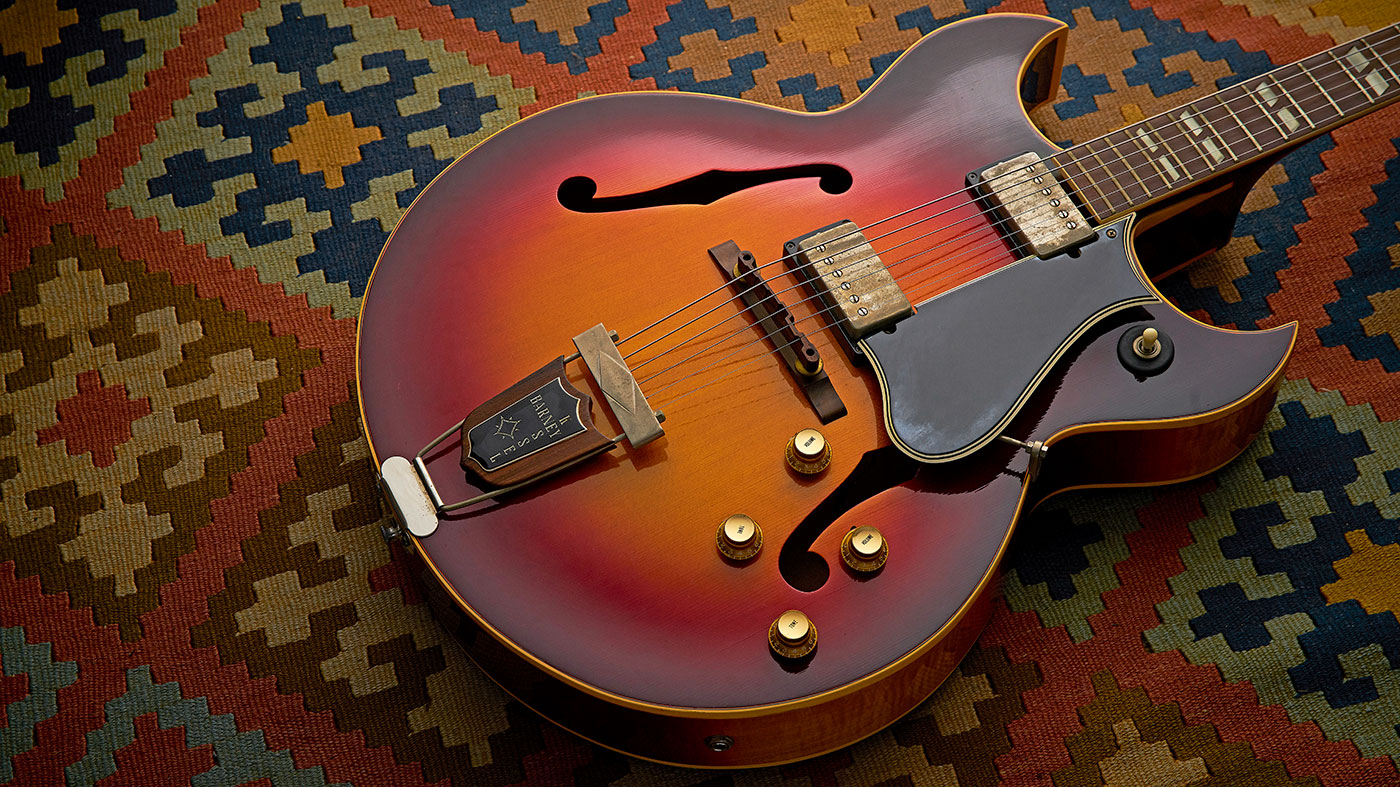
Barney Kessel (1923-2004) was one of the most significant jazz guitarists to emerge from the bebop era in the US, having played with some of the genre’s legends including sax innovators Lester Young and Charlie Parker as well as piano giant Oscar Peterson.
Gibson accordingly honoured him with his own signature model, launched in 1961. Built in the Kalamazoo factory, the Gibson Barney Kessel was available in two formats: the regular model we have before us here and a more sumptuous Custom variation.
It featured a twin Florentine cutaway - echoing the transformation the Les Paul was undergoing around the same time
Unusual in the fact that it featured a twin Florentine cutaway - almost as if this model was echoing the transformation the Les Paul was undergoing around the same time - the guitar featured a laminated spruce top with maple back and sides, twin humbuckers (PAFs on early models) mahogany neck with a rosewood fingerboard topped with double-parallelogram inlays.
The raised wooden badge in the trapeze tailpiece had Barney’s name engraved in a very ‘jazz age’ fashion, too! The guitar proved reasonably successful, staying in Gibson’s catalogue until the early 1970s and was seen in the hands of players like T-Bone Walker and Sister Rosetta Tharpe although strangely, despite having several signature models available via other companies including Kay, Barney was more often seen in the company of his treasured Gibson ES-350 with added Charlie Christian pickup - although the cover of his 1961 album Workin’ Out! shows him playing a Custom signature model.
We had the chance to sit and play the Barney Kessel during our photoshoot and were rewarded with a warm, woody jazz tone and an eminently playable neck.
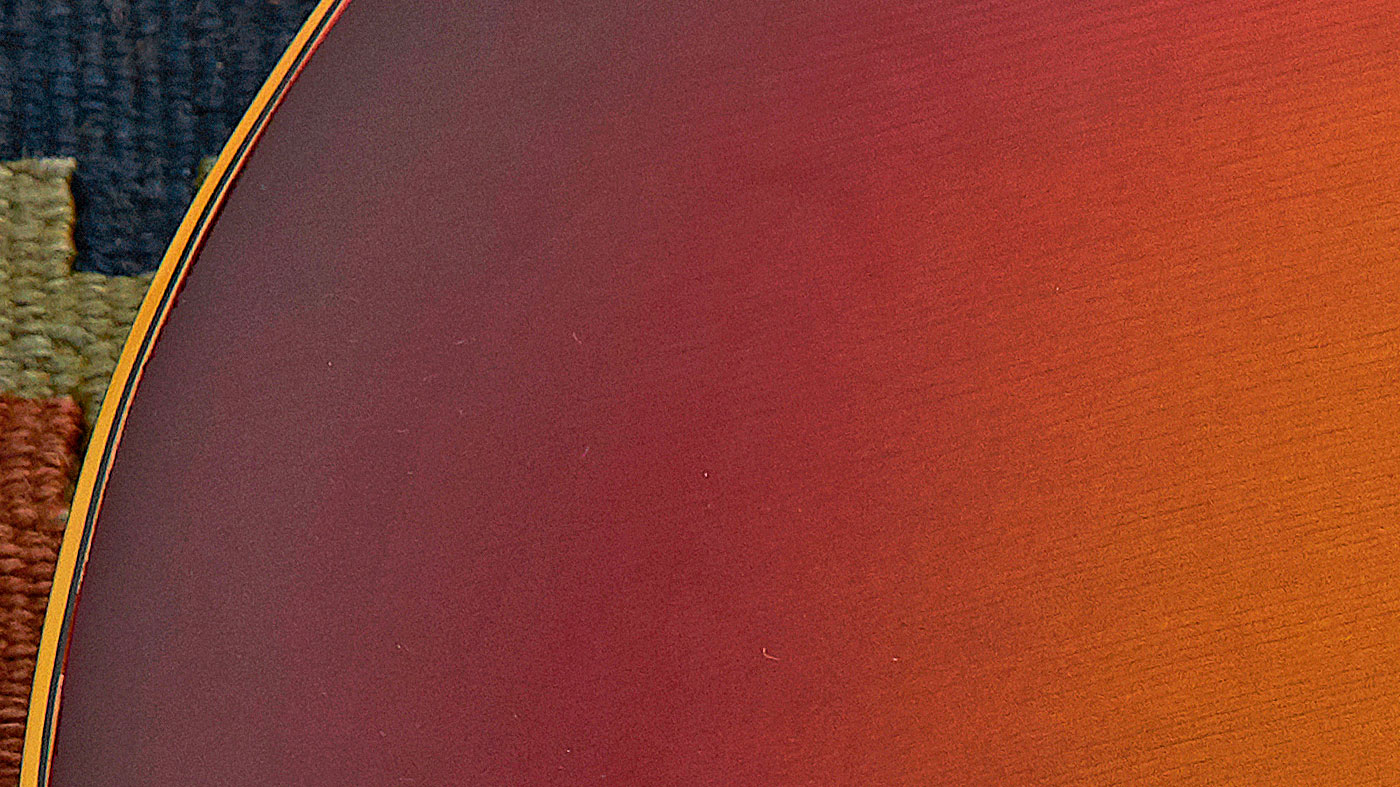
Top
Early models featured laminated spruce tops which were replaced with laminated maple in 1965. The guitar measures 17 inches wide (the same as an L5) by three inches deep, making it a comfortable hold.
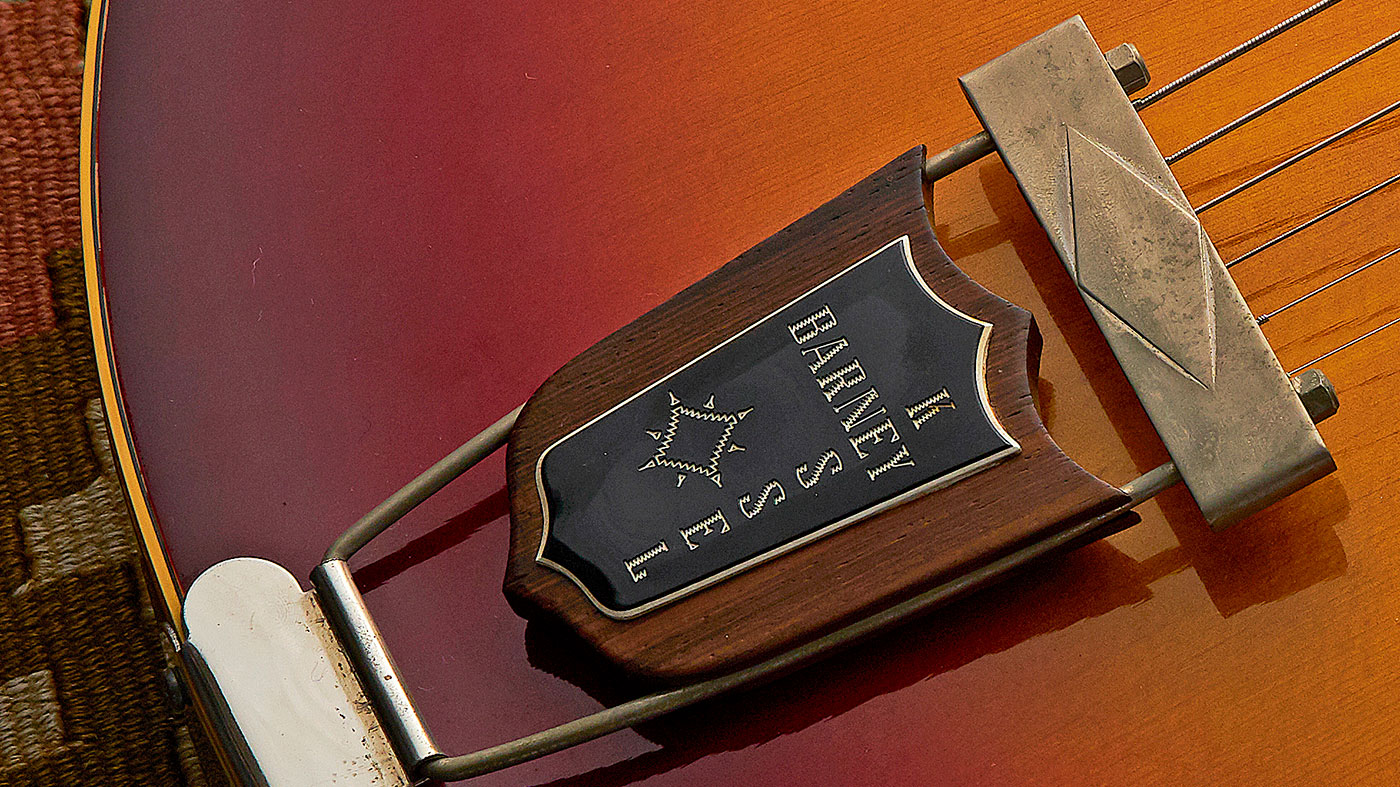
Bridge
The bridge on the standard model was rosewood - many jazz guitarists insist on the sound produced by wooden bridges - but the Custom version featured a ‘wire free’ tuneomatic.
Want all the hottest music and gear news, reviews, deals, features and more, direct to your inbox? Sign up here.
Fingerboard
A rosewood fingerboard - often Brazilian rosewood - decked out with double parallelogram inlays formed the livery for the standard model, while the Custom had a slightly more ornate ‘bowtie’ variation.
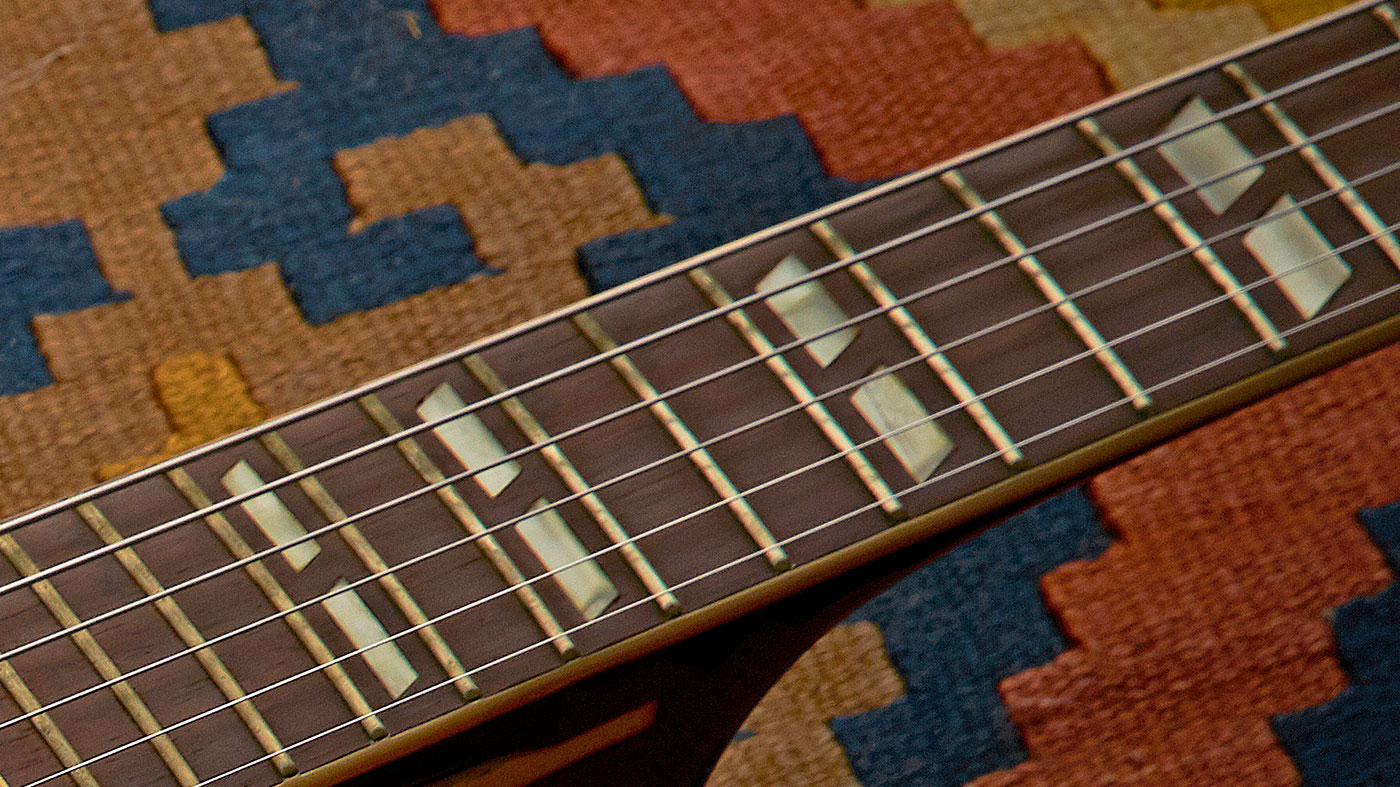
Heel
An elongated heel adds to the streamlined looks of the Kessel model but may have also contributed to upper fretboard lift problems found on some vintage examples. Models produced post’ 65 feature a shortened heel.
Sunburst finish
Models made in 1961/62 tend to have a darker sunburst finish that resists fading. On some later guitars the finish fades right back to give an almost natural appearance due to the change in the type of red dye used in production.
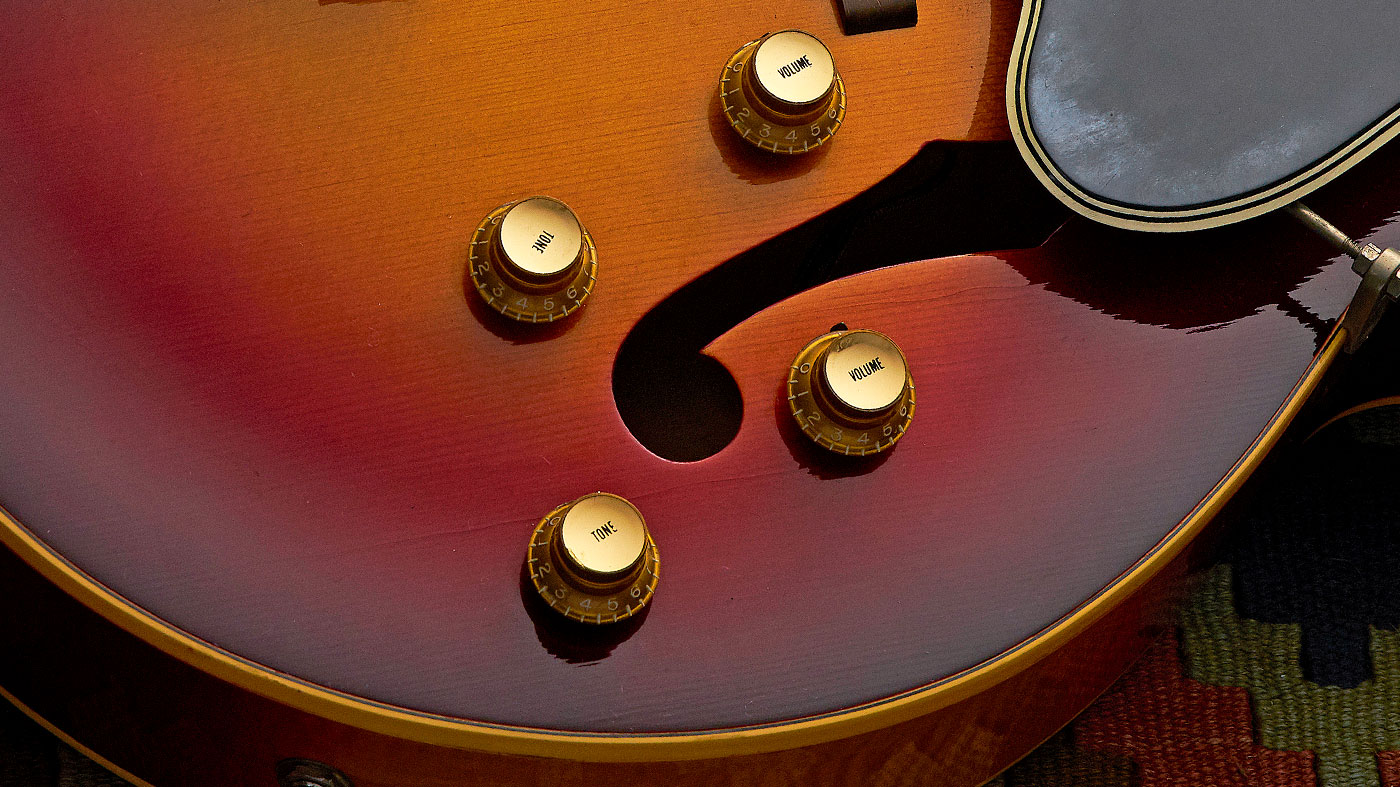
Body wood variations
Although initially laminated woods were used in the Barney Kessel models, there were a few made with solid spruce tops and solid maple backs and sides during the mid-60s.

Headstock
The Barney Kessel signature model features Gibson’s ‘large headstock’ seen on other jazz models like the Super 400. The Custom version featured more ornate artwork, Grover tuners and the word ‘Custom’ engraved on the truss rod cover.
We would like to thank Vintage ‘n’ Rare Guitars, Bath for giving us access to this fascinating instrument.
Guitarist is the longest established UK guitar magazine, offering gear reviews, artist interviews, techniques lessons and loads more, in print, on tablet and on smartphones
Digital: http://bit.ly/GuitaristiOS
If you love guitars, you'll love Guitarist. Find us in print, on Newsstand for iPad, iPhone and other digital readers


